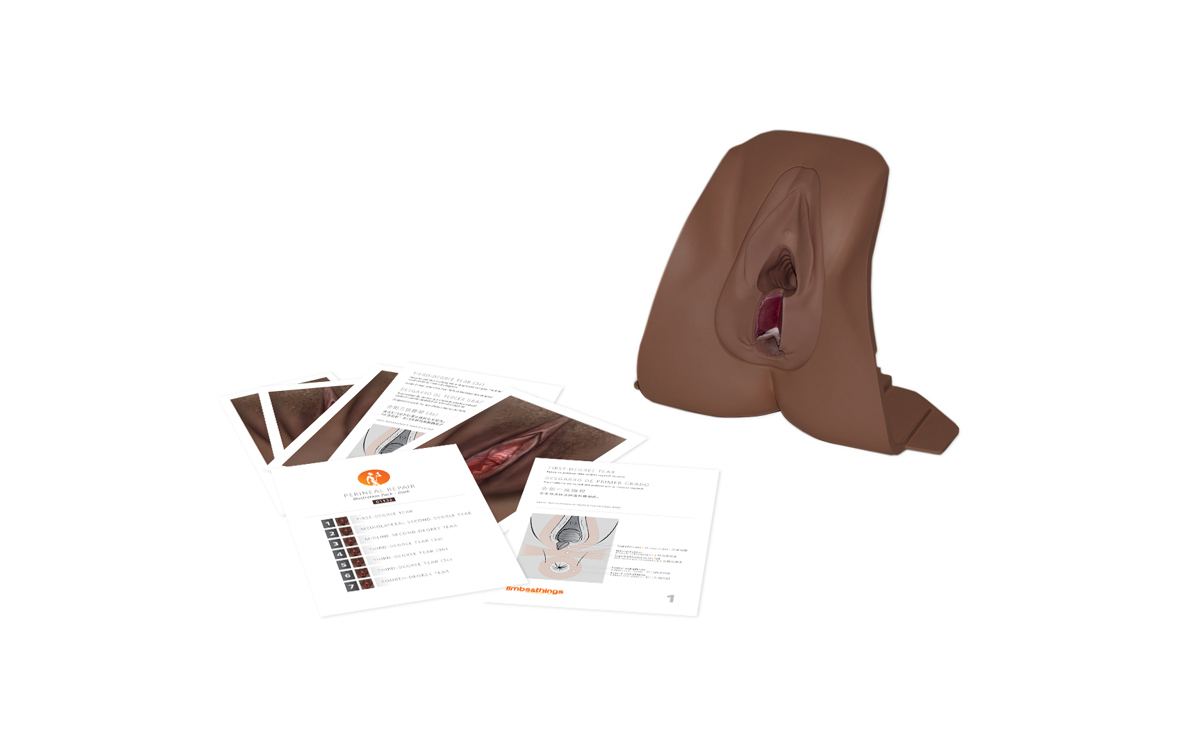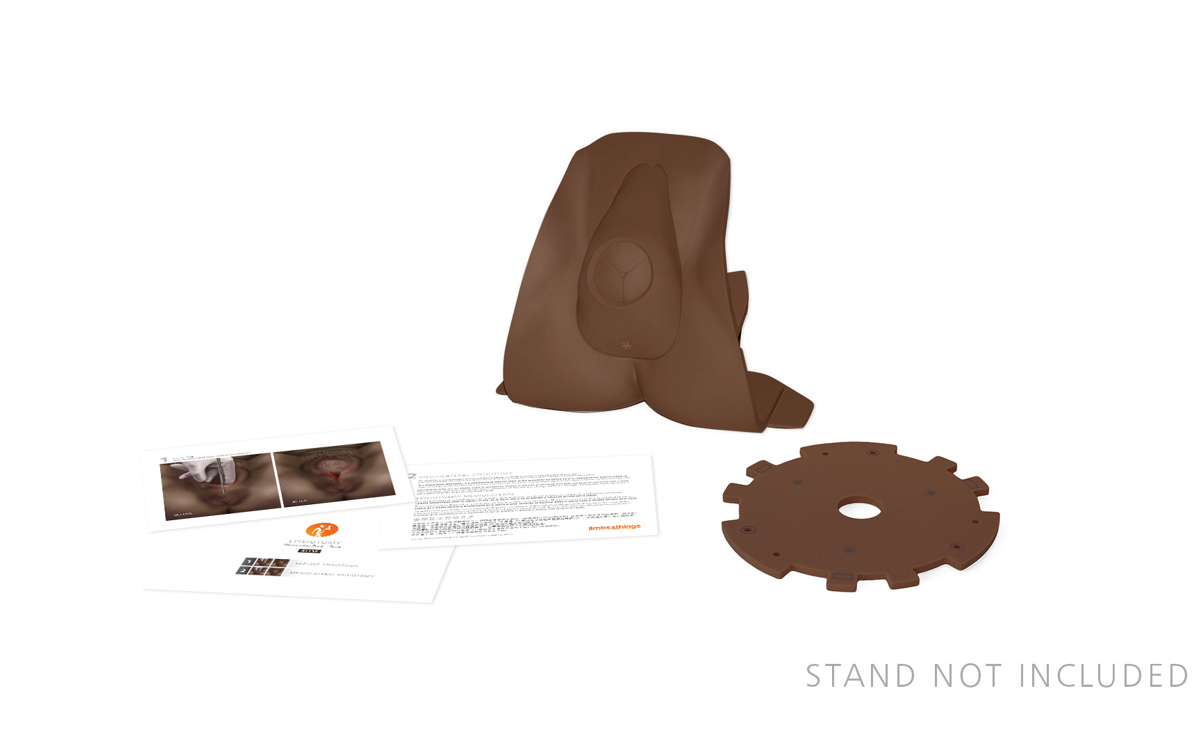
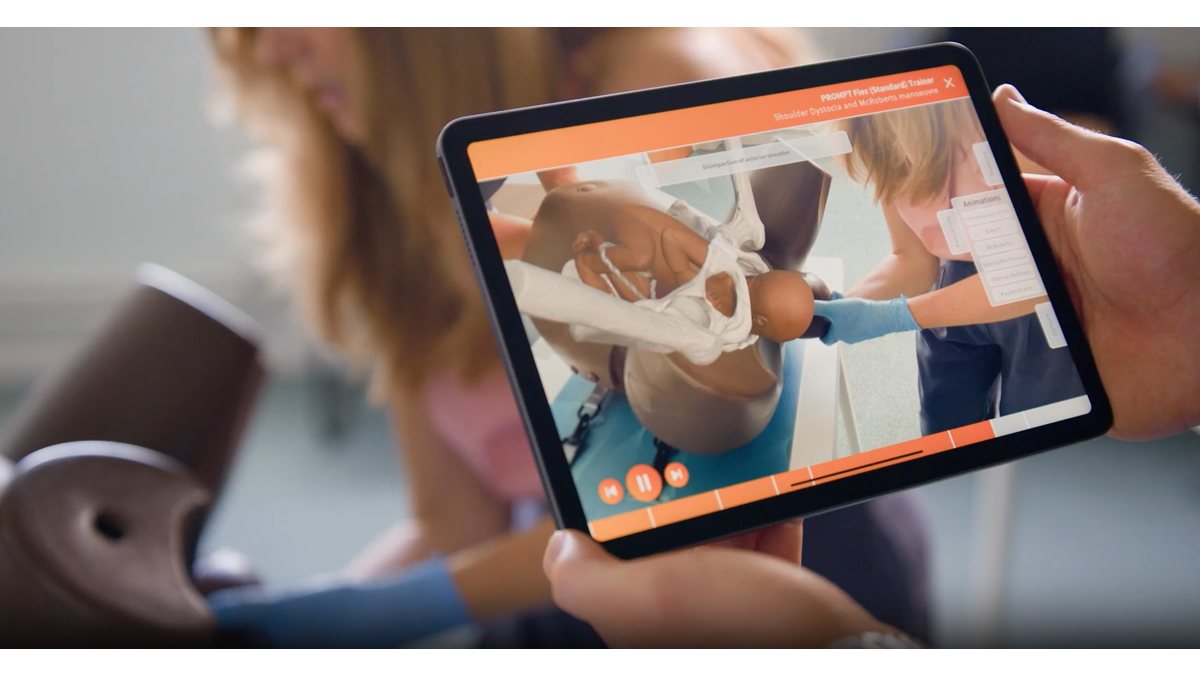

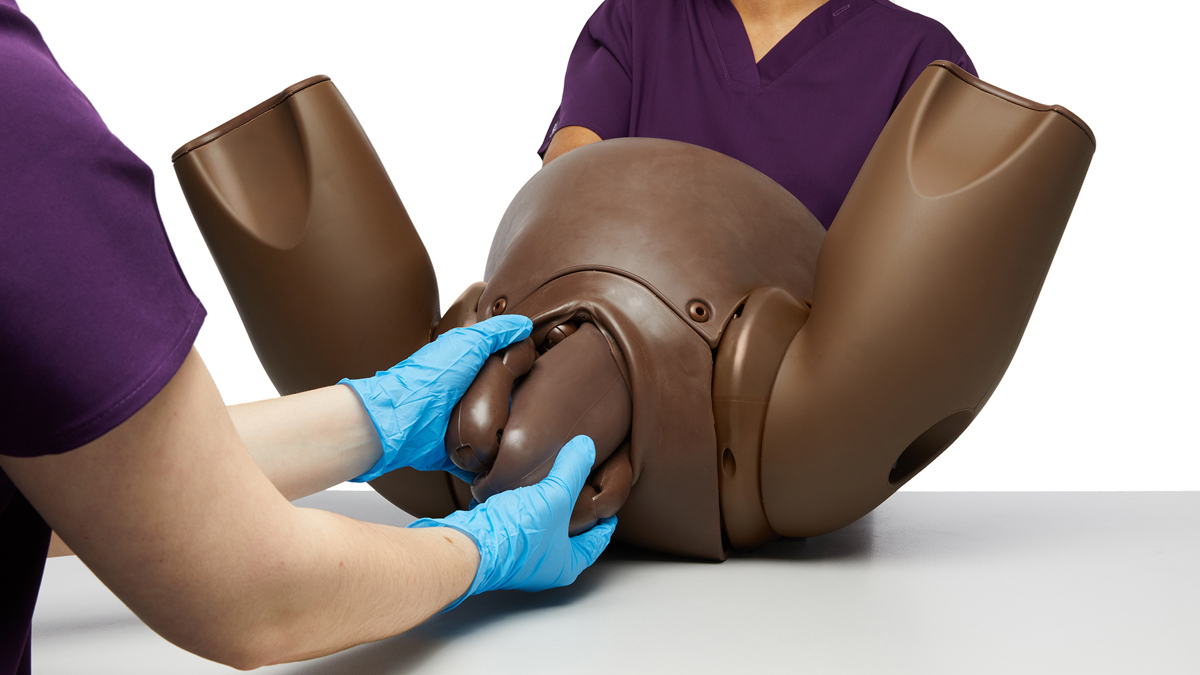
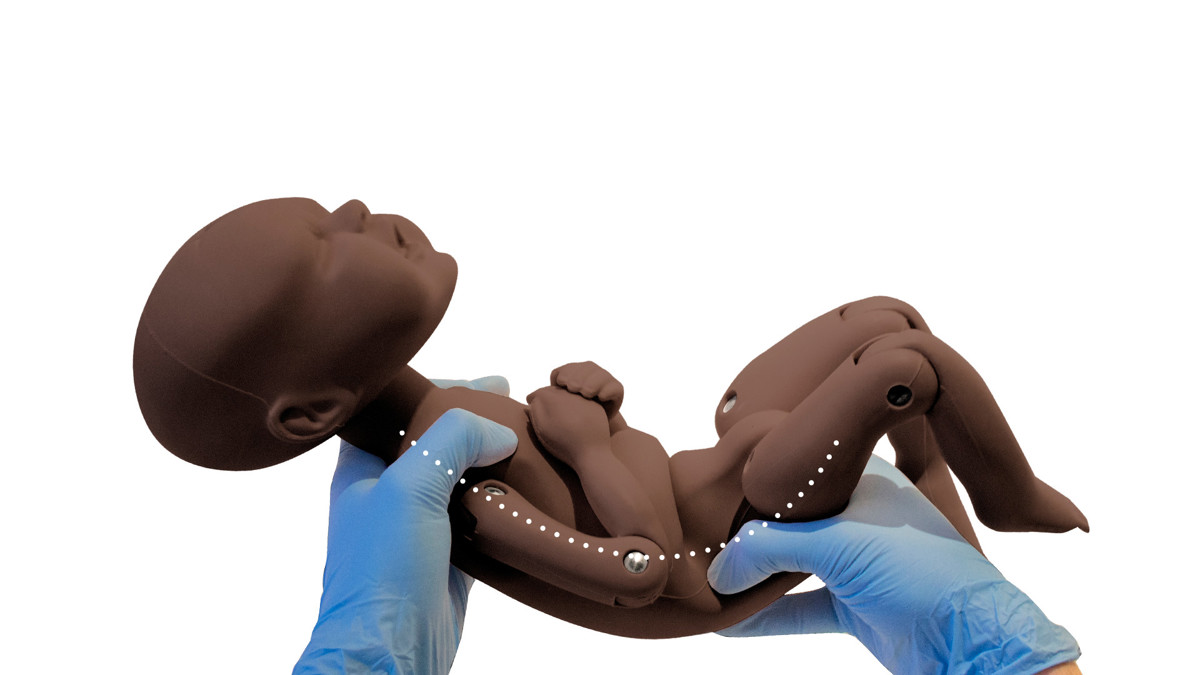
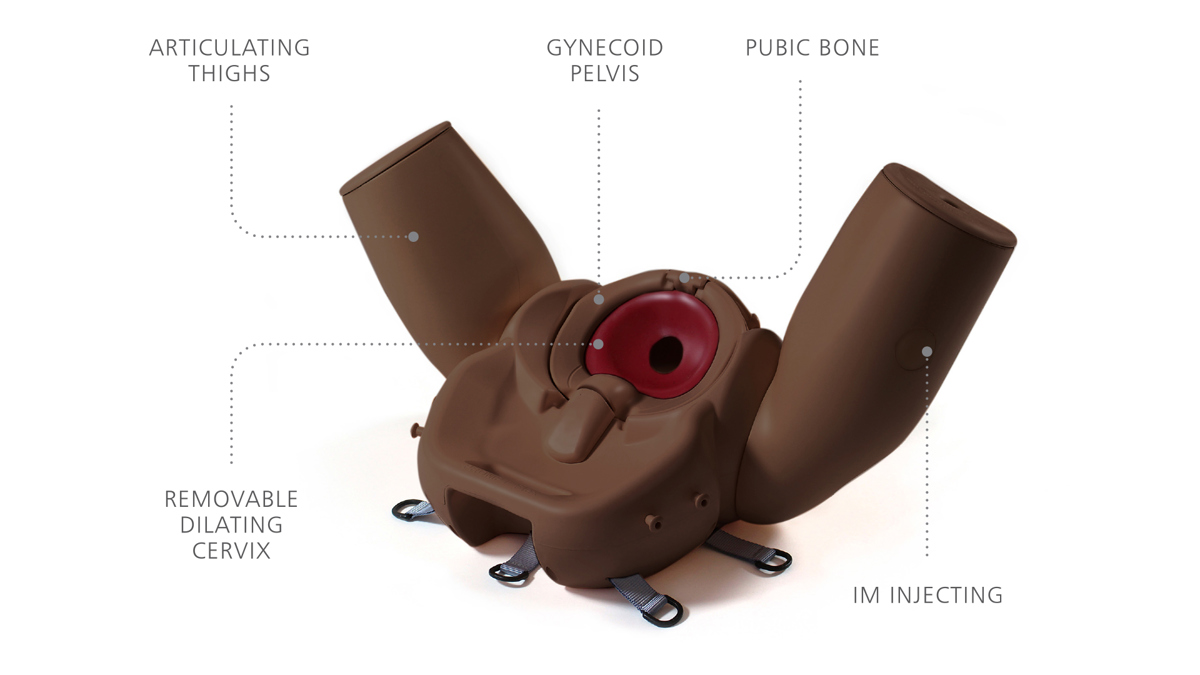
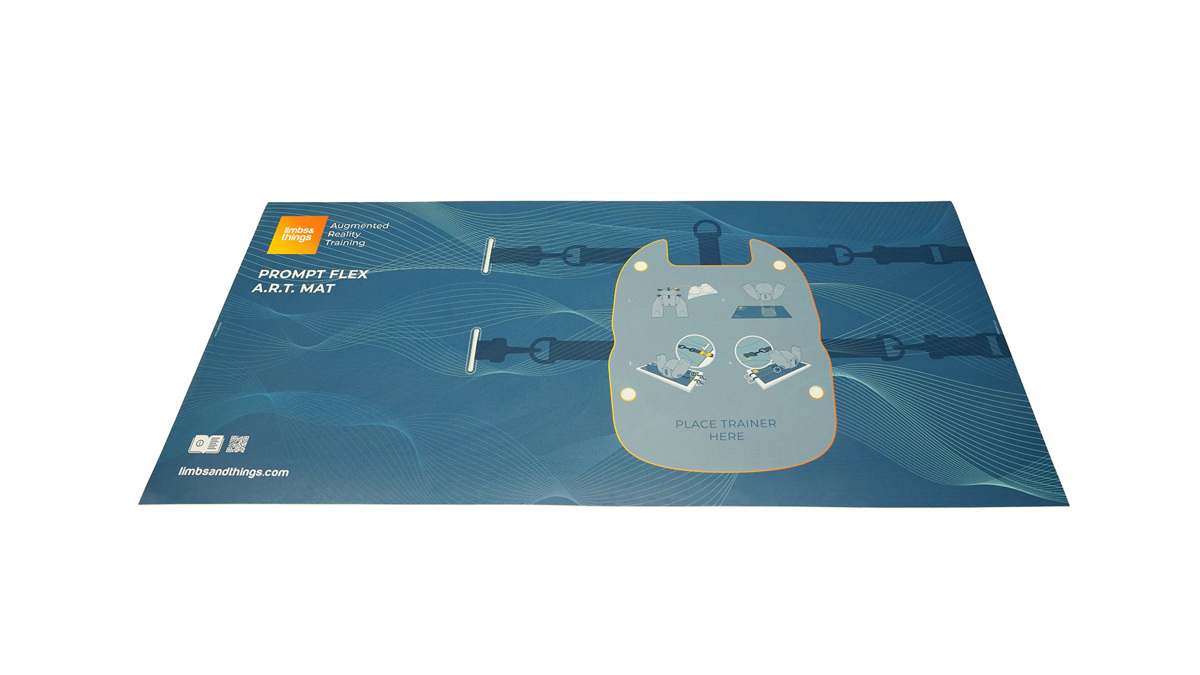
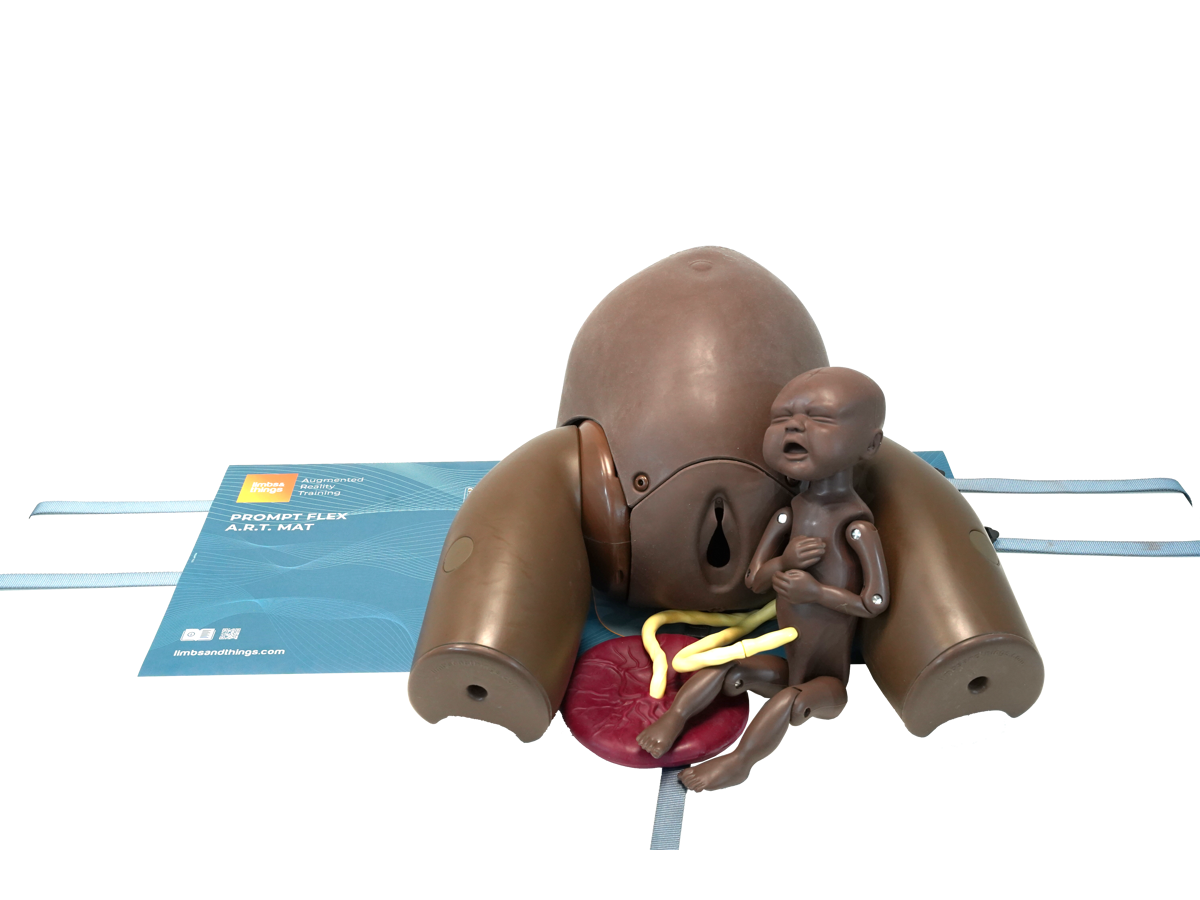
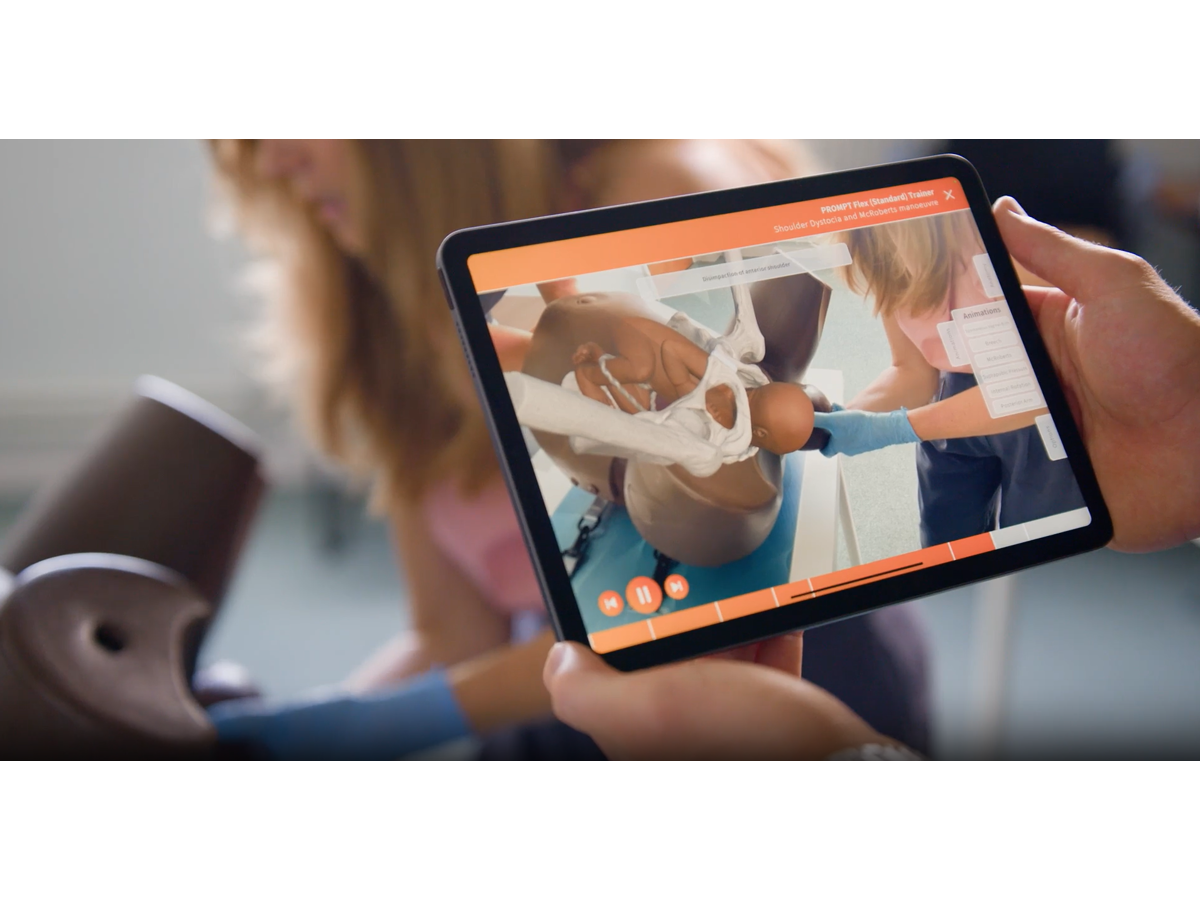

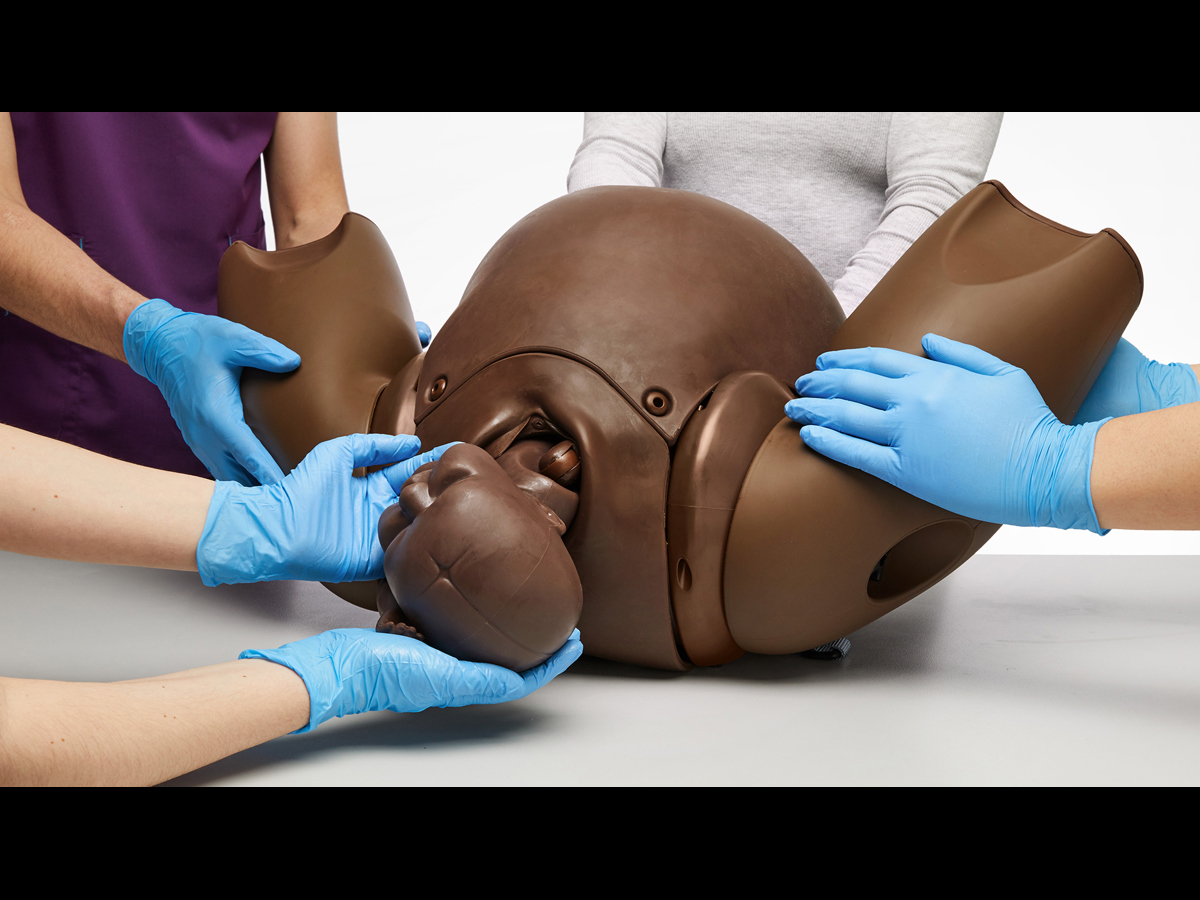
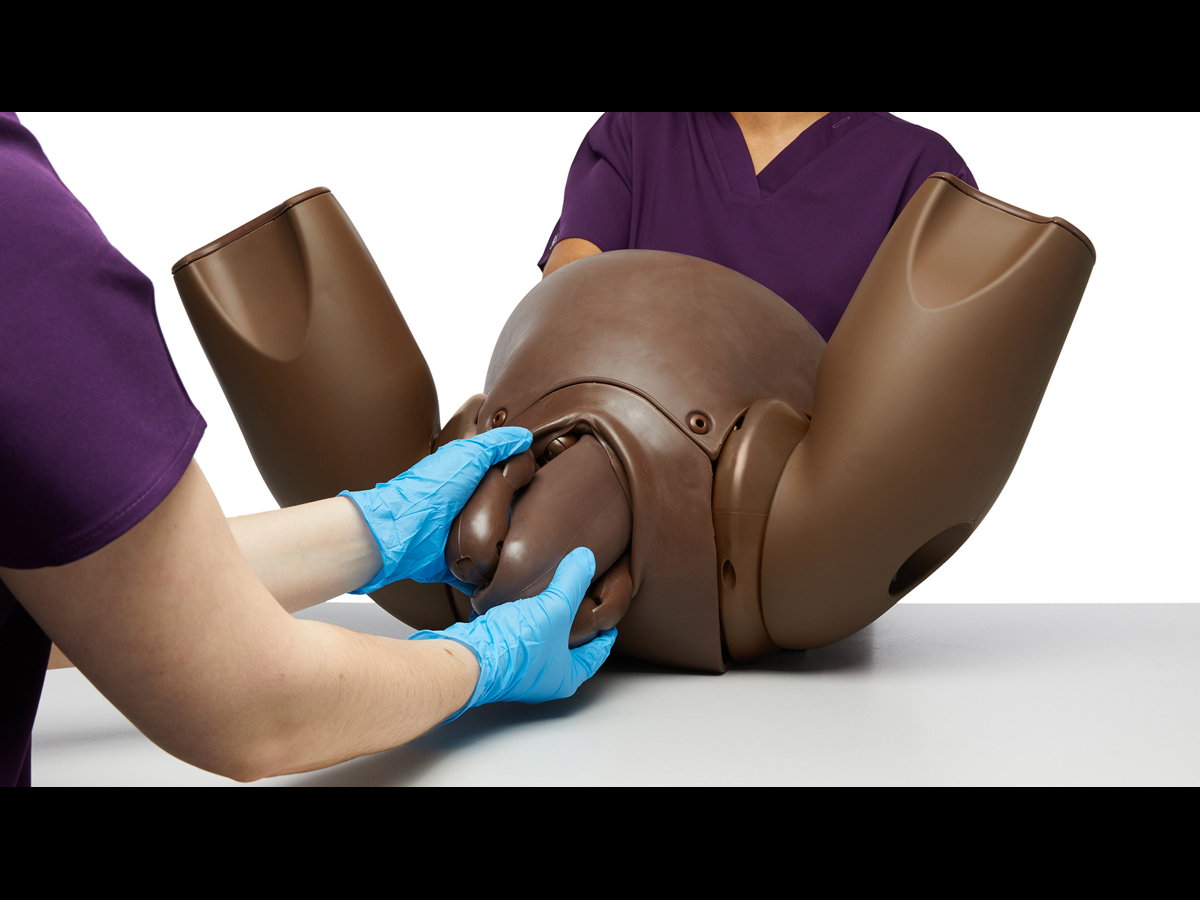
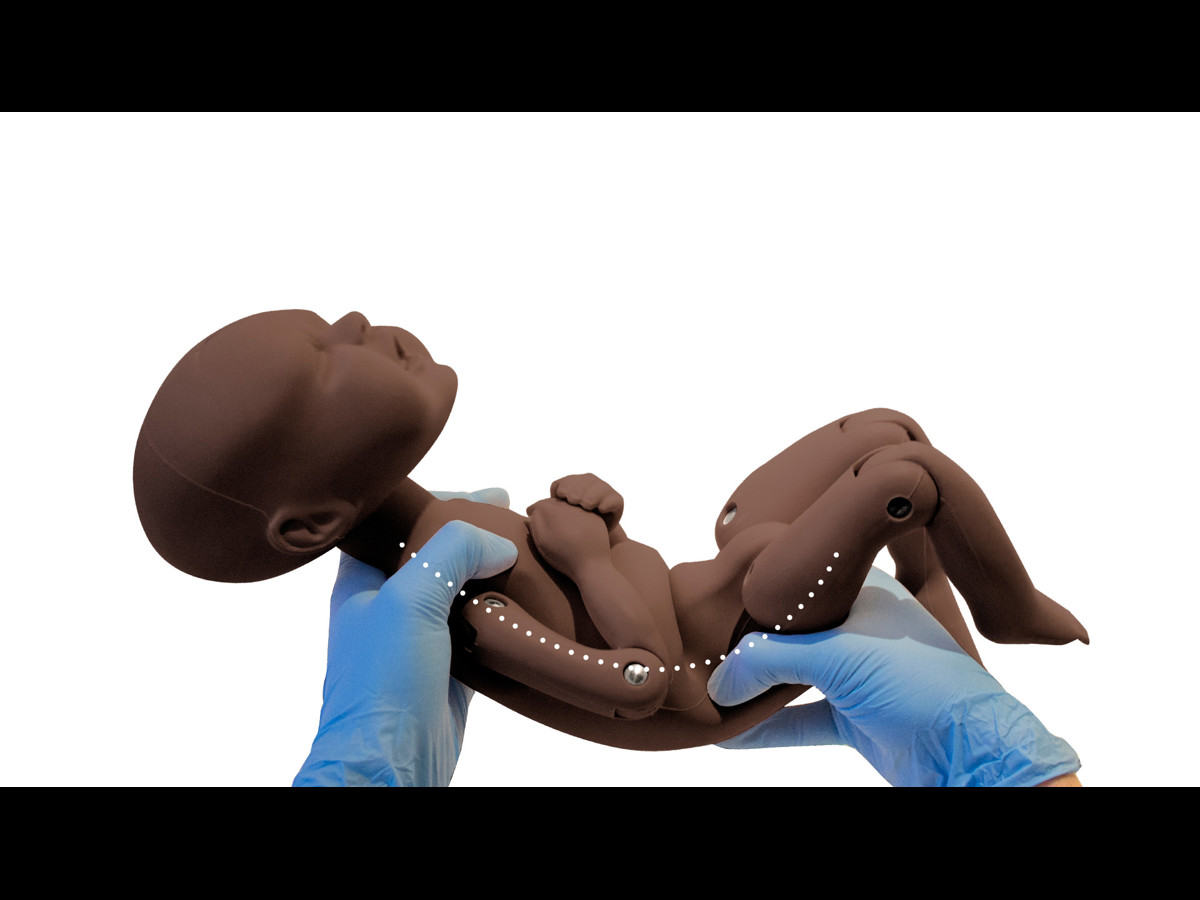
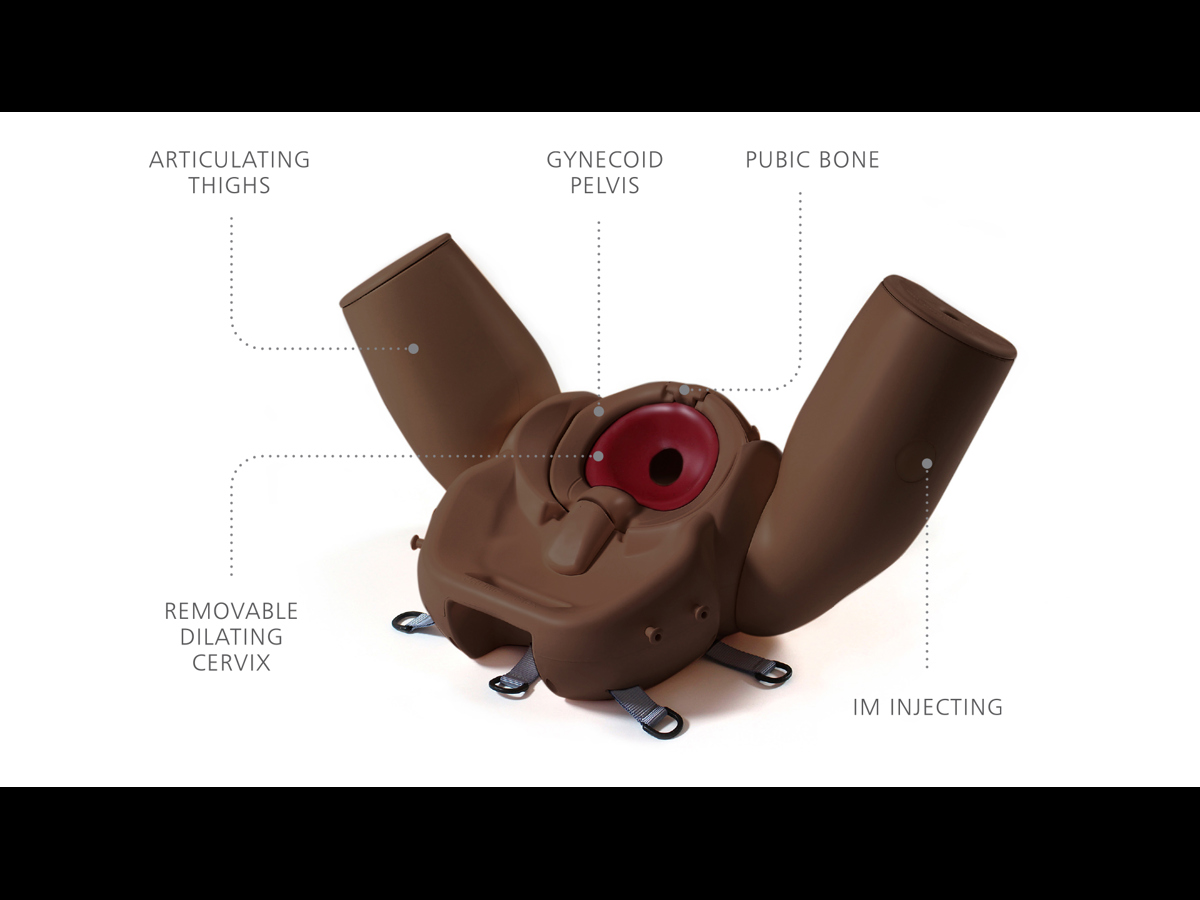
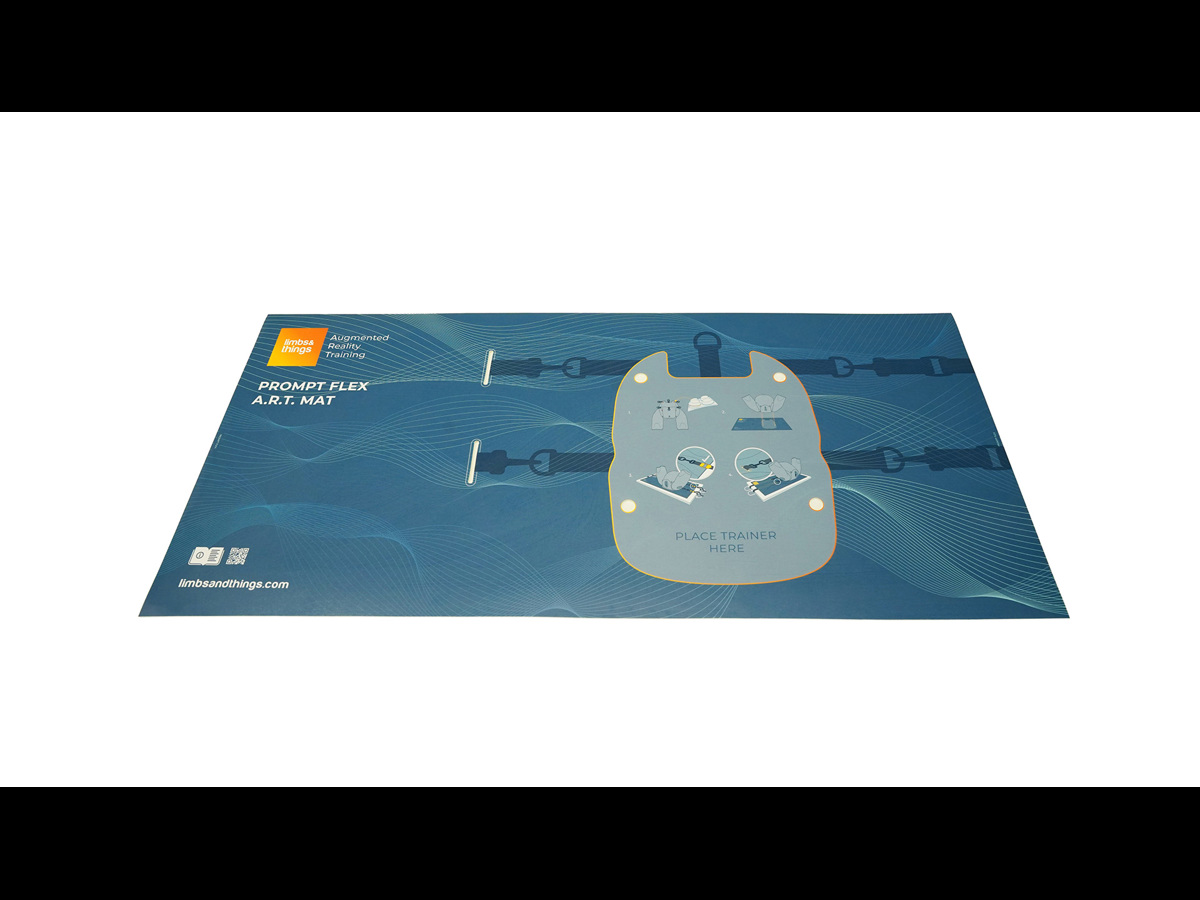
Birthing Simulator PROMPT Flex - Standard (Dark Skin Tone)
Skin Tone
Model
Adding to cart...
Added to cart
Sorry, something went wrong adding the product to the cart.
The Standard PROMPT Flex Birthing Simulator is an ideal training solution for routine and non-routine deliveries. With the enhanced PROMPT Flex Standard Baby, included, training offers improved realism in difficult birthing scenarios such as shoulder dystocia and breech births.
Now available with Augmented Reality, trainees can review labelled anatomy and follow procedure animations via the FREE Limbs AR app. Test the app out for free on your device, links for Android and iOS can be found in the Download tab, or search “L&T AR” in your app store.
PROMPT Flex trainers offer a versatile platform for obstetric training
Core skills
As a stand alone trainer it allows for practical skills practice for common birthing scenarios.
The Standard PROMPT Flex Birthing Simulator is an ideal training solution for routine and non-routine deliveries. With the enhanced PROMPT Flex Standard Baby, included, training offers improved realism in difficult birthing scenarios such as shoulder dystocia and breech births.
Now available with Augmented Reality, trainees can review labelled anatomy and follow procedure animations via the FREE Limbs AR app. Test the app out for free on your device, links for Android and iOS can be found in the Download tab, or search “L&T AR” in your app store.
PROMPT Flex trainers offer a versatile platform for obstetric training
Core skills
As a stand alone trainer it allows for practical skills practice for common birthing scenarios.
Evidence-based training
Simulation training for maternity staff is linked to improved management and neonatal outcomes of births complicated by shoulder dystocia.
Classroom & group learning
With the addition of the Augmented Reality Training Mat, sessions can be hands-on and self-study. Compatible tablets or phones with the Limbs AR app can scan the model and view the Augmented Reality animation overlay while other students are doing practical work.
Modular design
A range of modules are available to upgrade the birthing simulator for more complex scenarios. These interchangeable modules are designed to work with the PROMPT Flex’s base Birthing Mother unit with minimal set-up, to offer a cost effective labour and delivery training solution.
Overview
- PROMPT Flex’s modular design allows for multiple training scenarios that you can tailor to your specific course needs
- Additional modules include: Postpartum Hemorrhage (PPH), Enhanced C-Section, Cervical Dilatation & Effacement (CD&E), Cervical Cerclage, Lower Legs, Compression Suture Uterus
- Baby model has improved shoulder and hip joints
- Comes with wheeled carry case for safe storage and transportation
- The PROMPT Flex Range can offer a complete training solution for birth management
Realism
- Gynaecoid shape pelvis with soft, flexible birth canal, dilatable cervix and pelvic floor musculature provides realism in normal and complicated births
- Improved baby model with bend at the thoraco-lumbar region
- Baby model represents a full term infant in weight and size, allowing for realistic handling
Versatility
Birthing Mother:
- Stand alone or hybrid use, 3 straps are supplied to secure PROMPT simulator for bench top or bed mounting
- Articulated thighs help to demonstrate Gaskin and McRobert’s procedures
- Handle on the base of the mannikin for operator use during labor simulation
- Can be used with additional modules to extend training simulations
Baby
- Baby has a bend at the thoraco-lumbar region
- Improved articulation of the joints offers enhanced realism for difficult birthing scenarios, such as shoulder dystocia
Cleaning
- Clean off excess lubricant from all mother and baby surfaces
- Wipe clean the product with a damp soft cloth, warm water and mild detergent
- Allow the birthing trainer and its components to dry before storing
Safety
- This product is latex free
- A poorly lubricated baby or placenta may damage the birth canal or cervix when pushed through during a procedure
- We recommend lubricating the cervix, birth canal and baby before each birth
- We recommend using Limbs & Things lubricant, non-recommended fluid products may weaken or damage the trainer
- Wear gloves at all times, and remove all sharp objects. Sharp surfaces (such as fingernails and rings) can lead to silicone damage
Simulated Patient
- This birthing trainer, and modules from the PROMPT Flex range, can be used with a simulated patient to develop communication skills
Anatomy
Anatomy of the PROMPT birthing mother:
- Articulated thighs
- Perineum, birthing canal, and cervix
- Pubic bone and gynaecoid pelvis
Anatomy of the PROMPT Baby:
- Clavicles
- Suture lines and fontanelles
- Umbilical cord and placenta
- Bend at the thoraco-lumbar region of the Standard PROMPT Flex Baby (unique to this model)
Skills Gained
- Training and practice in the following types of birth:
- Normal
- Vaginal breech
- Shoulder dystocia
- Vaginal assisted (forceps and vacuum devices)
- Third stage of labor
- Cord prolapse
- Urinary catheter placement
- IM injection
- Communication and teamwork skills
Evidence
"Improving Neonatal Outcome Through Practical Shoulder Dystocia Training."
Draycott, T. J., J. F. Crofts, et al. (2008). "Improving Neonatal Outcome Through Practical Shoulder Dystocia Training." Obstet Gynecol 112(1): 14-20.
Objective: To compare the management of neonatal injury associated with shoulder dystocia before and after introduction of mandatory should dystocia simulation training.
Conclusion: The introduction of shoulder dystocia training for all maternity staff was associated with improved management and neonatal outcomes of births complicated by shoulder dystocia.
"Management of Shoulder Dystocia: Skill Retention 6 and 12 Months After Training."
Crofts, J. F., C. Bartlett, et al. (2007). "Management of Shoulder Dystocia: Skill Retention 6 and 12 Months After Training." Obstet Gynecol 110(5): 1069-1074.
"Shoulder dystocia training using a new birth training mannequin."
Crofts, J. F. A., Georgios; Read, Mike; Sibanda, Thabani; Draycott, Timothy J. (2005). "Shoulder dystocia training using a new birth training mannequin." BJOG: An International Journal of Obstetrics & Gynaecology 112(7): 997-999.
Comparison |
Product No. |
|
|---|---|---|
| Skills | 80200 | 80206 |
| Training and practice in the following types of birth: | ||
| Normal | Yes | Yes |
| Vaginal breech | Yes | Yes |
| Shoulder dystocia | Yes | Yes |
| Shoulder dystocia with force feedback | No | Yes |
| Vaginal assisted (forceps and vacuum devices) | Yes | Yes |
| Third stage of labor | Yes | Yes |
| Cord prolapse | Yes | Yes |
| Urinary catheter placement | Yes | Yes |
| IM injection | Yes | Yes |
| Communication and teamwork skills | Yes | Yes |
Product Contains
-
Light
-
Dark
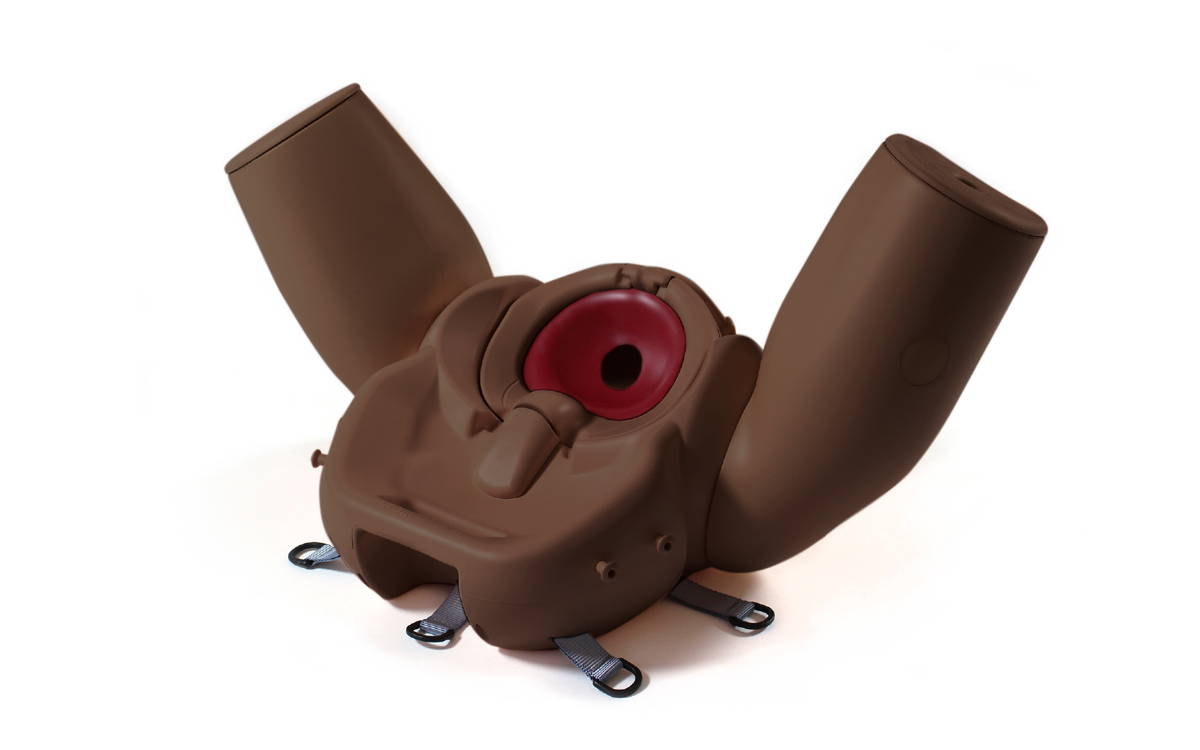
Birthing Mother PROMPT Flex - Standard/Advanced (Dark Skin Tone)
-
Light
-
Dark
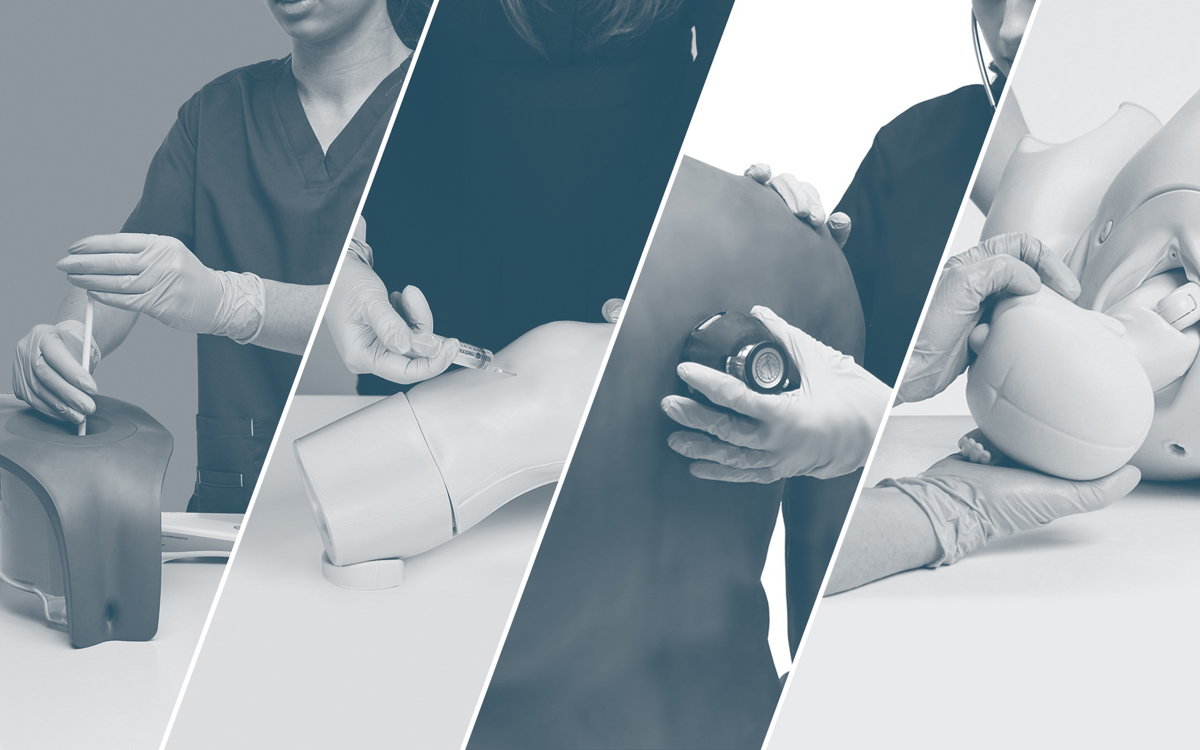
Baby PROMPT Flex - Standard (Dark Skin Tone)
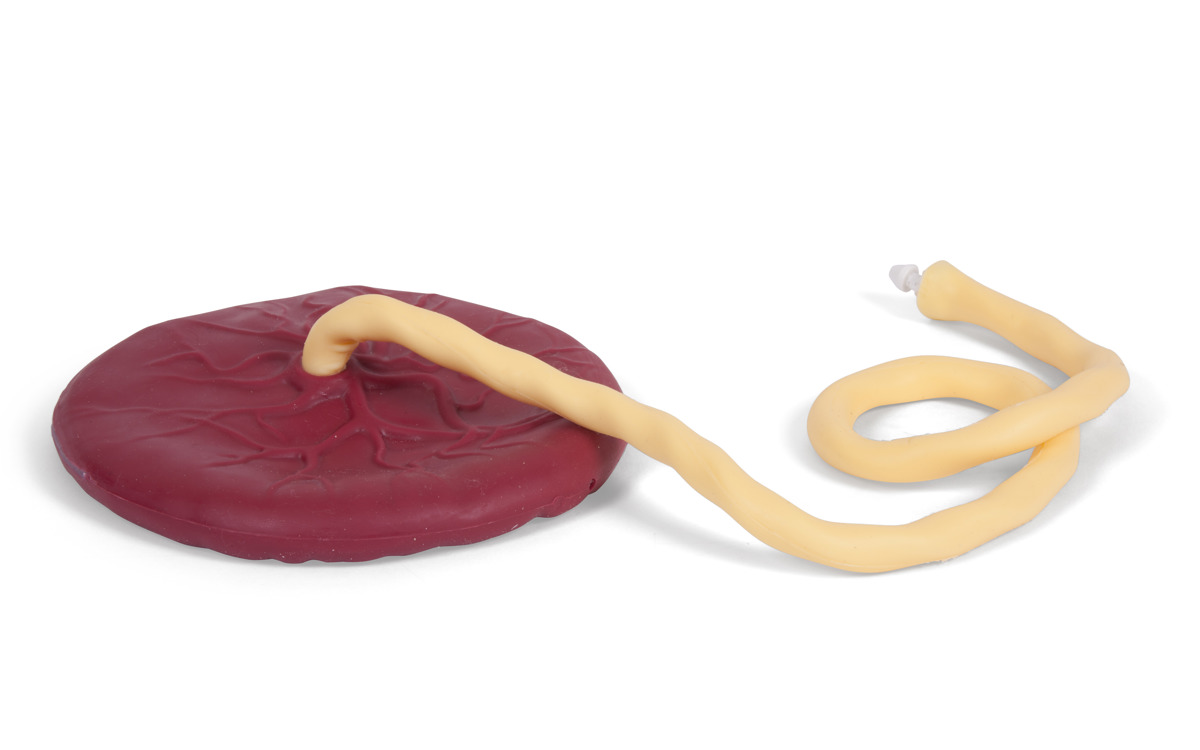
Placenta PROMPT Flex - Standard/Advanced
-
Light
-
Dark
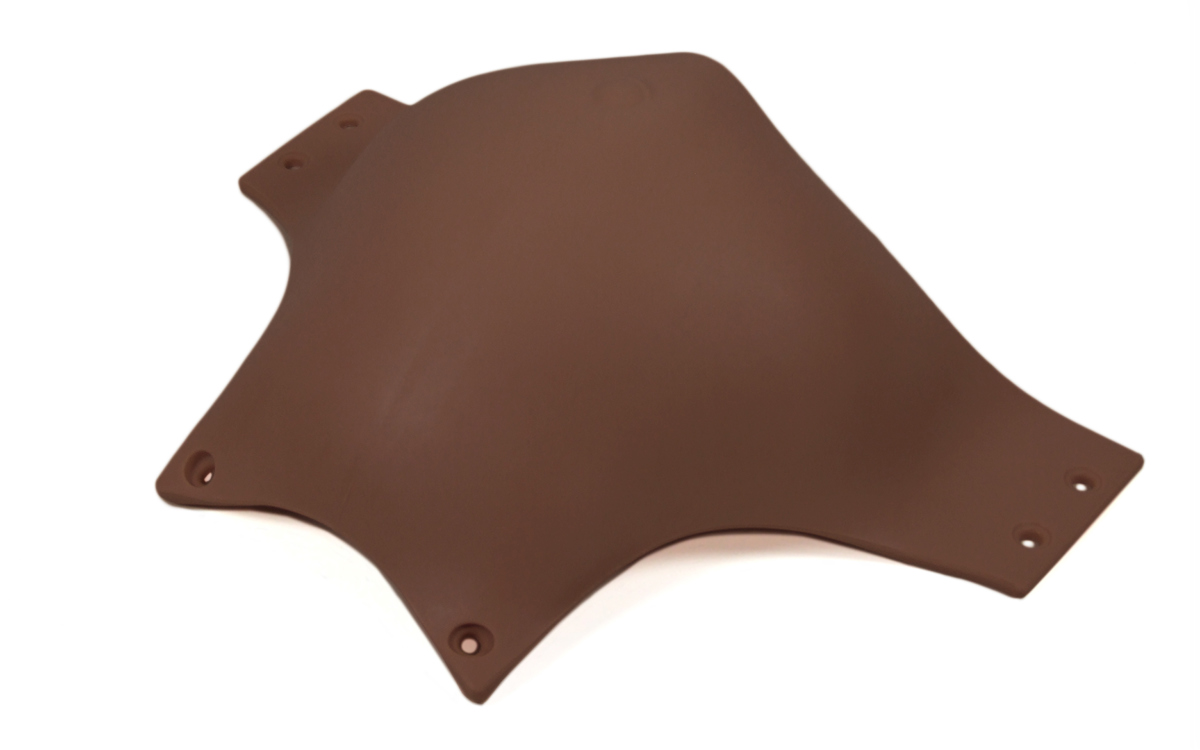
Abdomen PROMPT Flex - Standard/Advanced (Dark Skin Tone)
-
Light
-
Dark
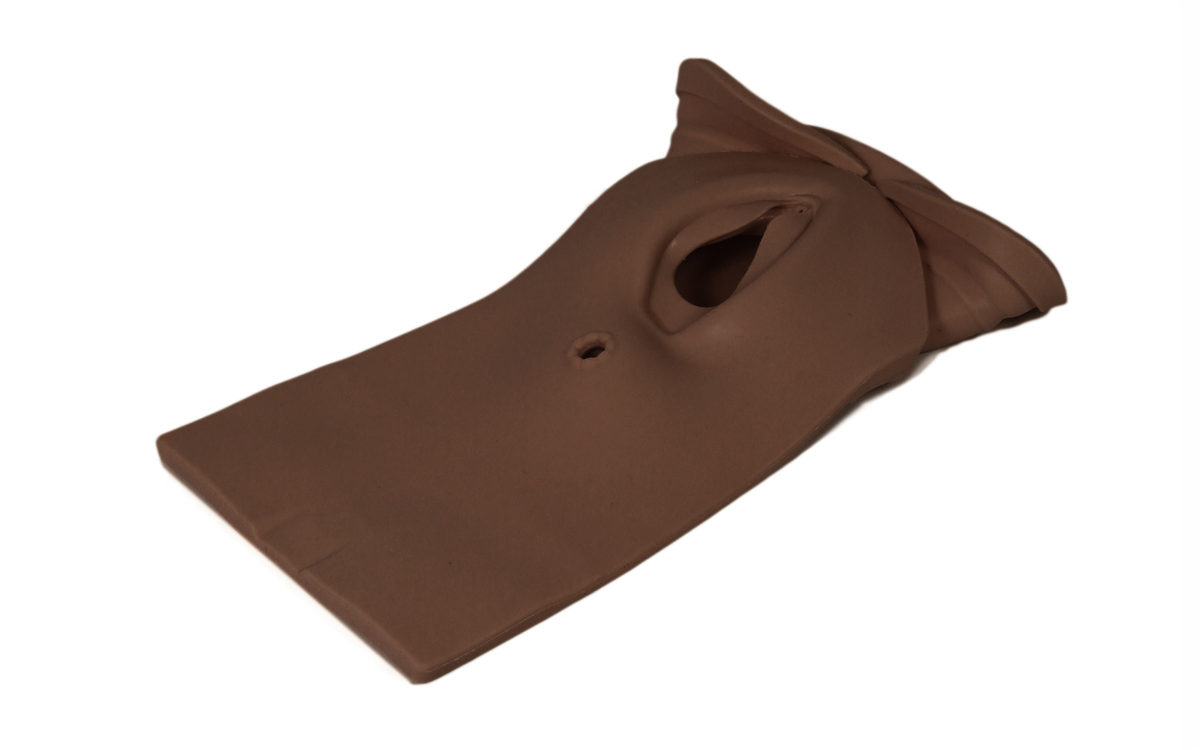
Perineum & Birth Canal PROMPT Flex - Standard/Advanced (Dark Skin Tone)
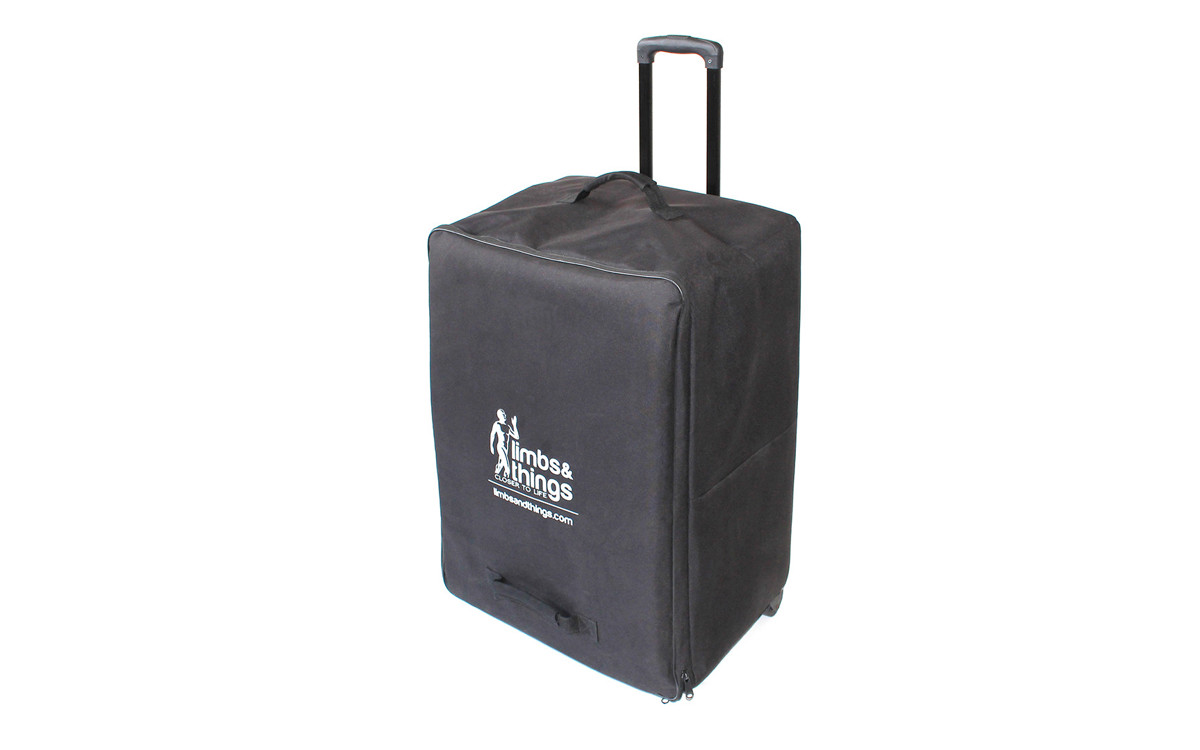
Wheeled Carry Case
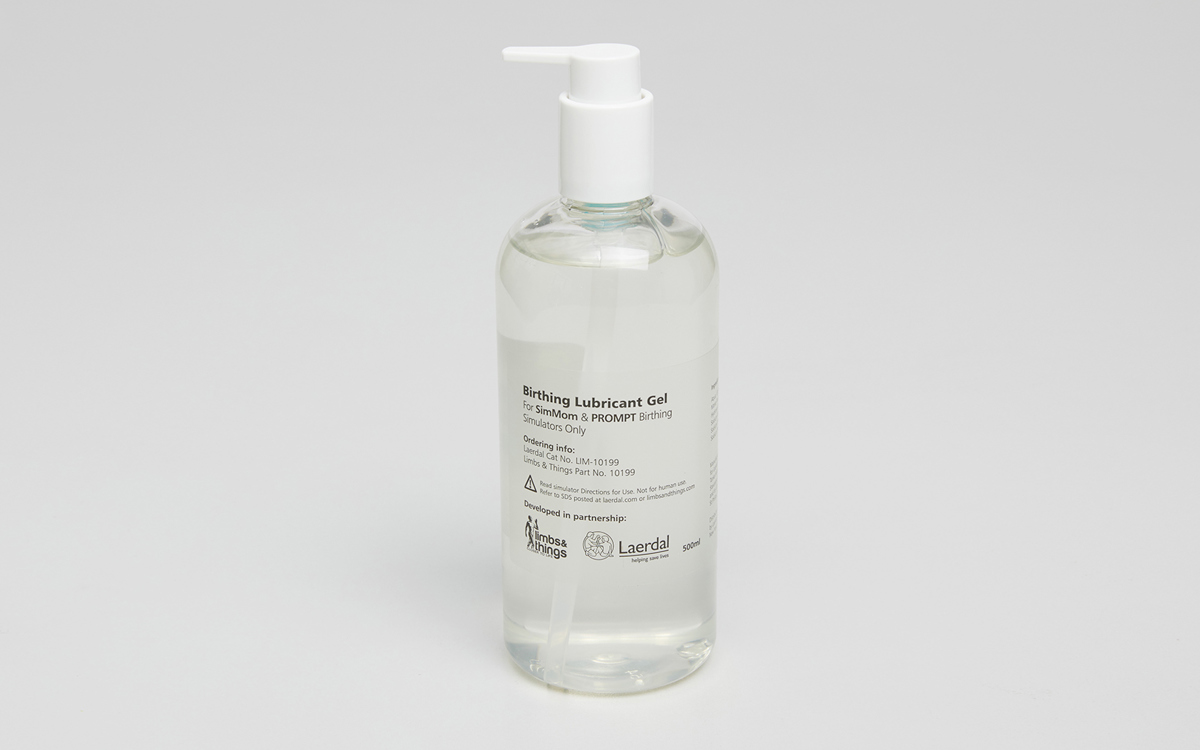
Birthing Lubricant Gel (500ml)
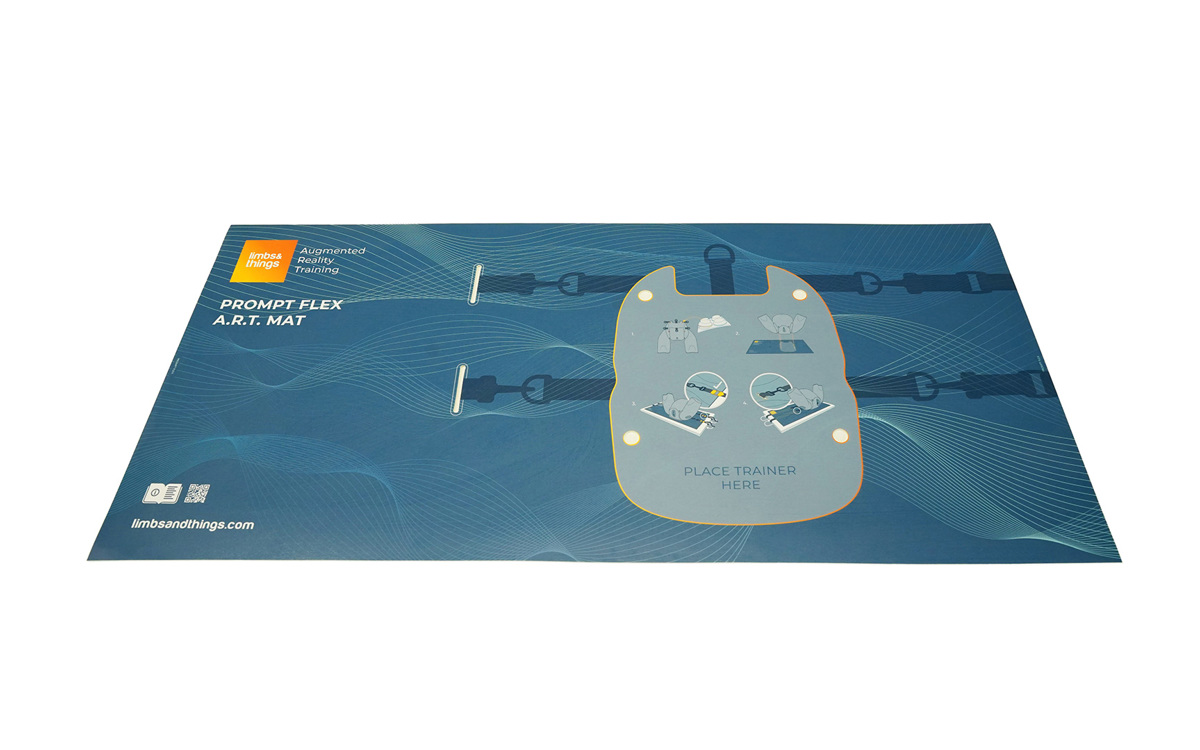
Augmented Reality Mat for PROMPT Flex Birthing Simulator
Comparison |
Model |
|
|---|---|---|
| What's included | Std | Adv |
| Birthing Mother base unit with upper legs | Yes | Yes |
| Standard Baby | Yes | No |
| Wireless Force Monitoring Baby (Bluetooth) | No | Yes |
| Augmented Reality Training Mat (ART Mat) | Yes | Yes |
| Placenta | Yes | Yes |
| Abdomen for PROMPT Flex | Yes | Yes |
| Perineum and Birth Canal for PROMPT Flex | Yes | Yes |
| PROMPT Birthing Lubricant (500ml) | Yes | Yes |
| Wheeled Carry Case | Yes | Yes |
| Birthing simulator software downloadable from the downloads tab | No | Yes |
Works with the following products:
-
Light
-
Dark
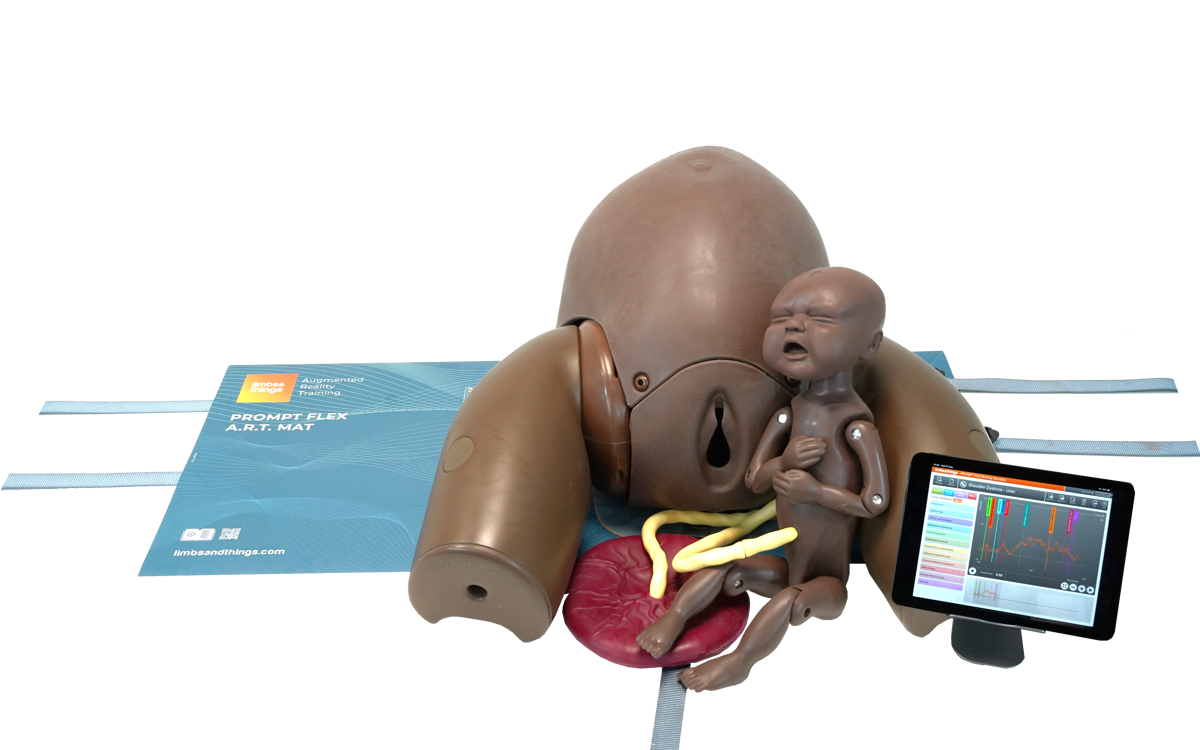
Birthing Simulator PROMPT Flex - Advanced (Dark Skin Tone)
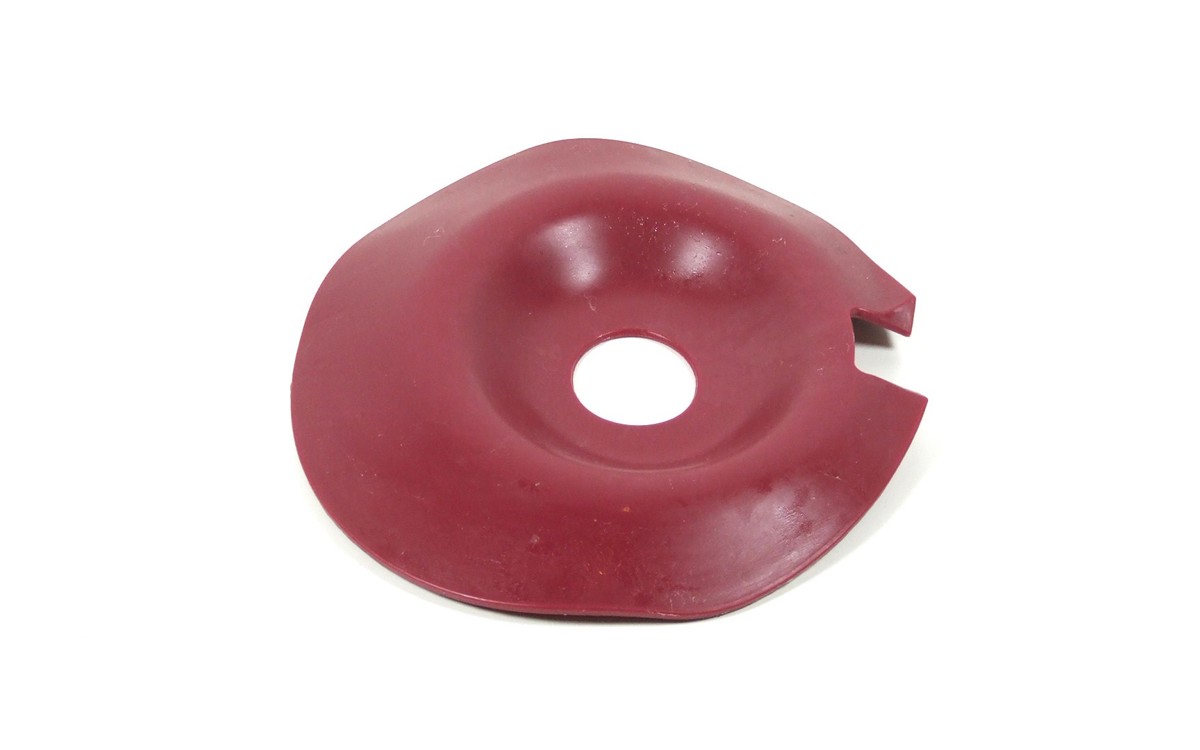
Cervix PROMPT Flex - Standard/Advanced (Pack of 2)
-
Light
-
Dark
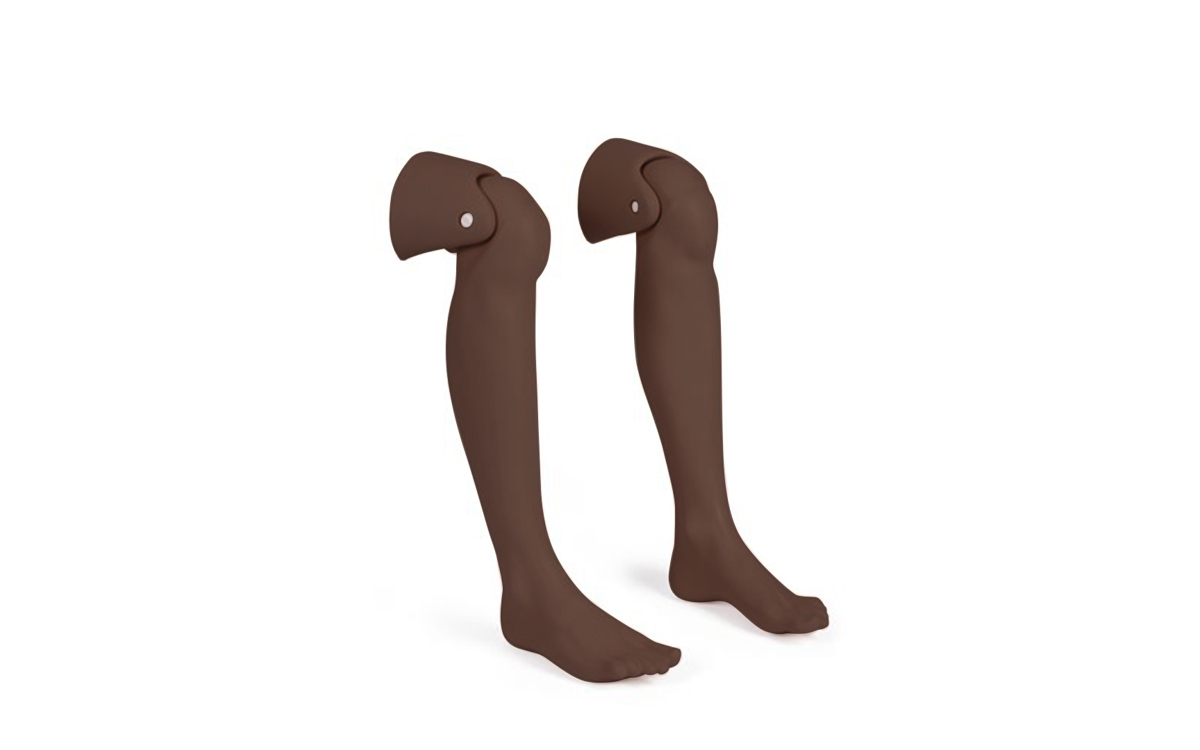
Lower Legs PROMPT Flex - Standard/Advanced (Dark Skin Tone)
-
Light
-
Dark

Birthing Mother PROMPT Flex - Standard/Advanced (Dark Skin Tone)
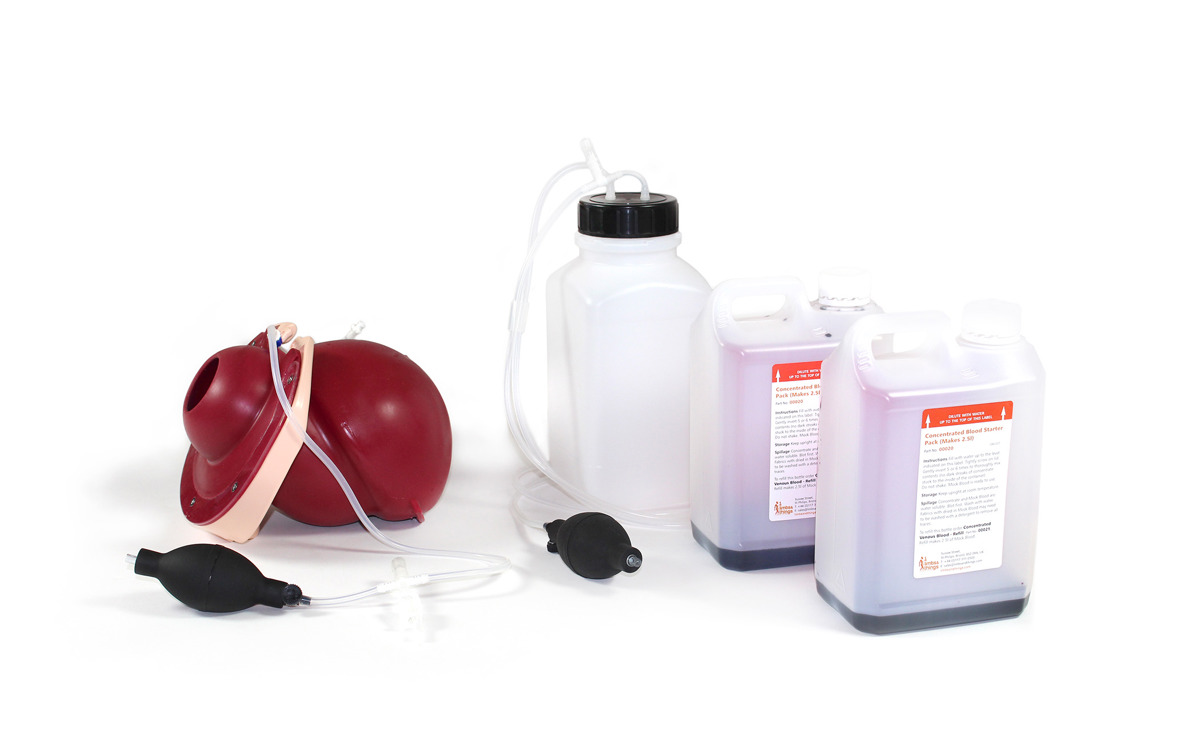
Postpartum Hemorrhage Module - PROMPT Flex
-
Light
-
Dark

Baby PROMPT Flex - Standard (Dark Skin Tone)
-
Light
-
Dark

Abdomen PROMPT Flex - Standard/Advanced (Dark Skin Tone)
-
Light
-
Dark

Perineum & Birth Canal PROMPT Flex - Standard/Advanced (Dark Skin Tone)
-
Light
-
Dark
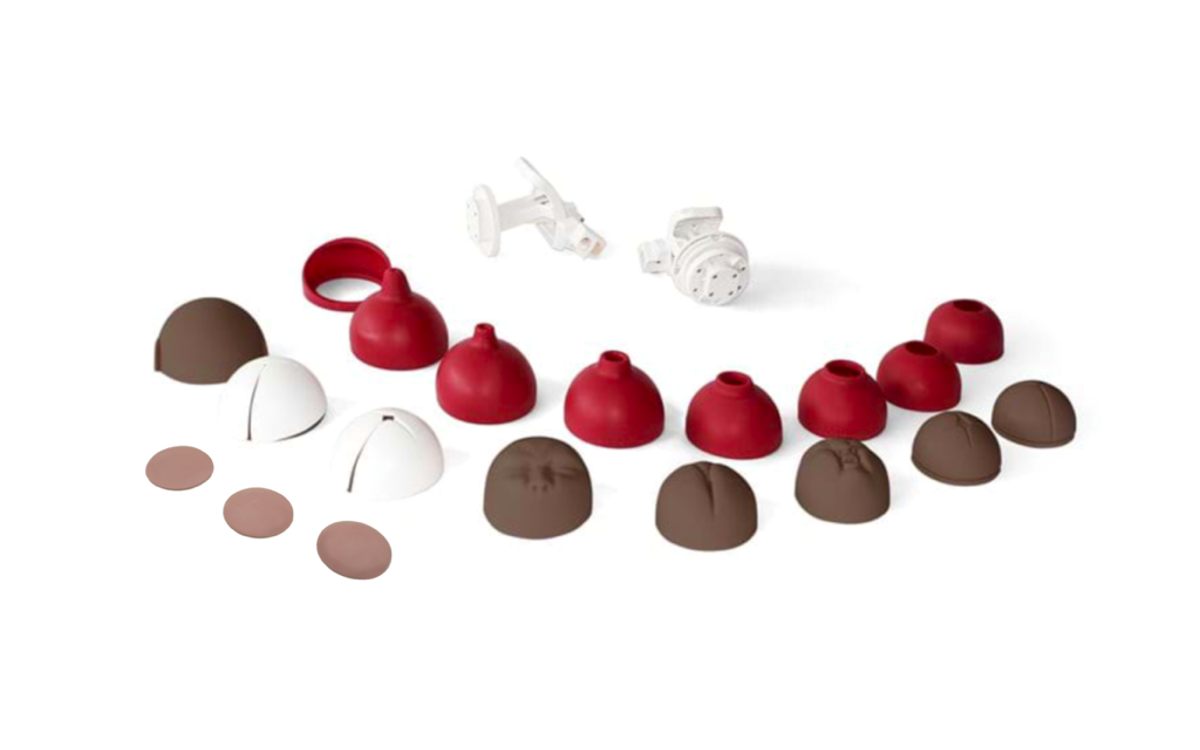
Cervical Dilatation & Effacement Module (CD&E) - PROMPT Flex (Dark Skin Tone)
-
Light
-
Dark
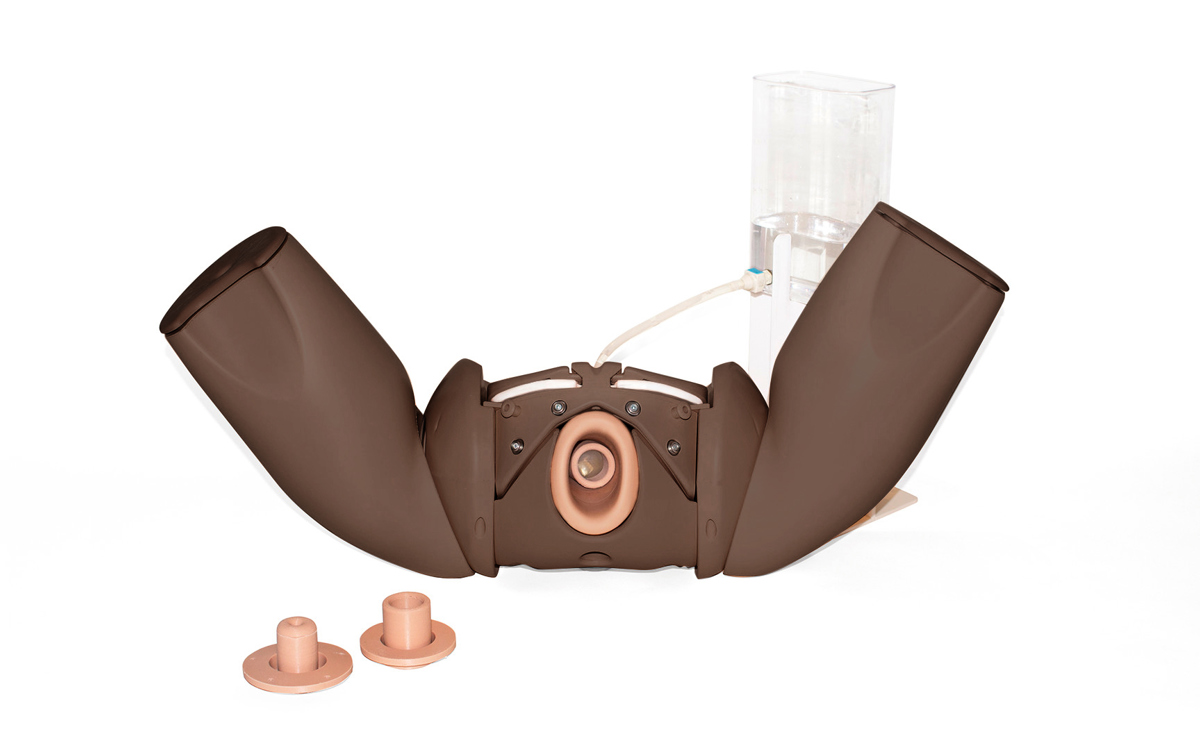
Cervical Cerclage Module (CCM) - PROMPT Flex (Dark Skin Tone)
-
Light
-
Dark
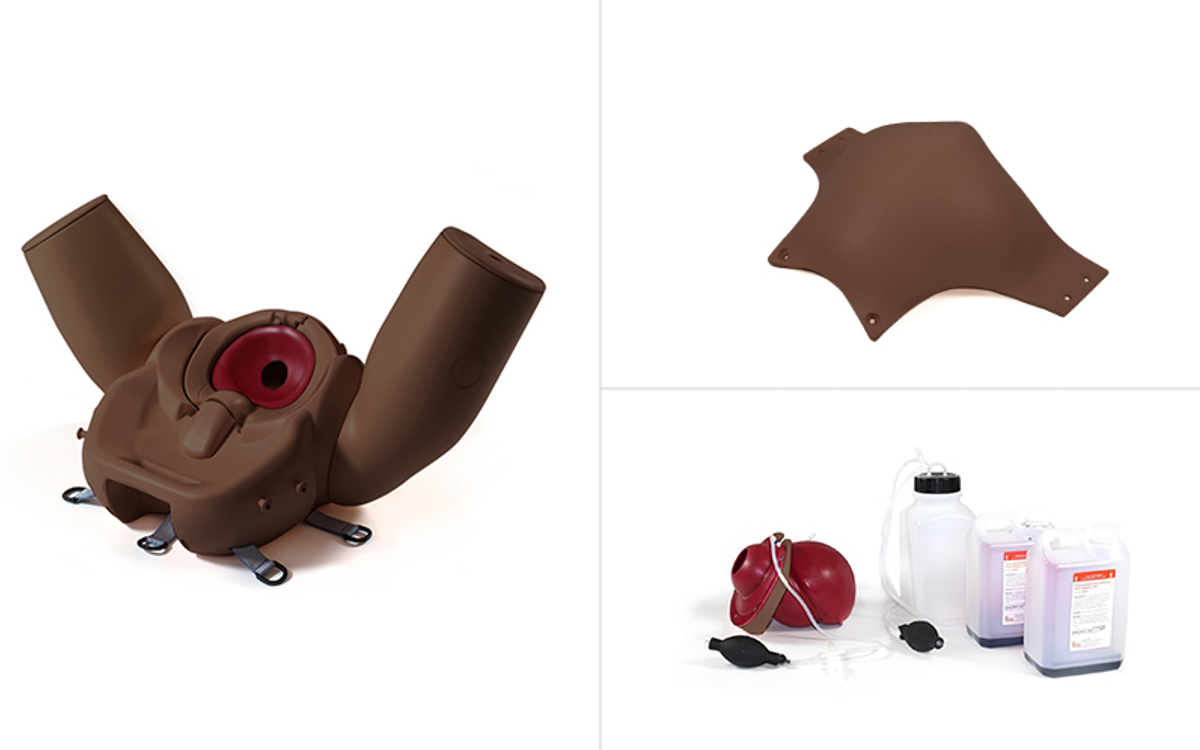
-
Light
-
Dark
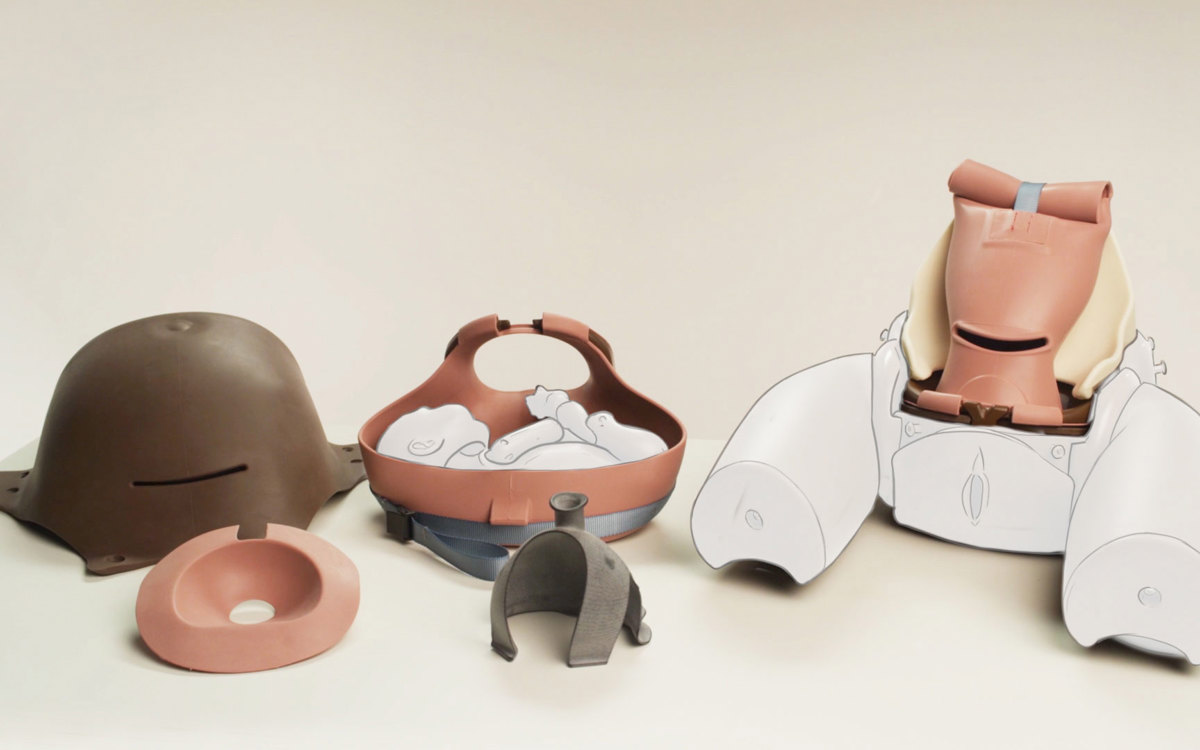
Enhanced Caesarean Section Module (ECSM) - PROMPT Flex (Dark Skin Tone)
-
Light
-
Dark
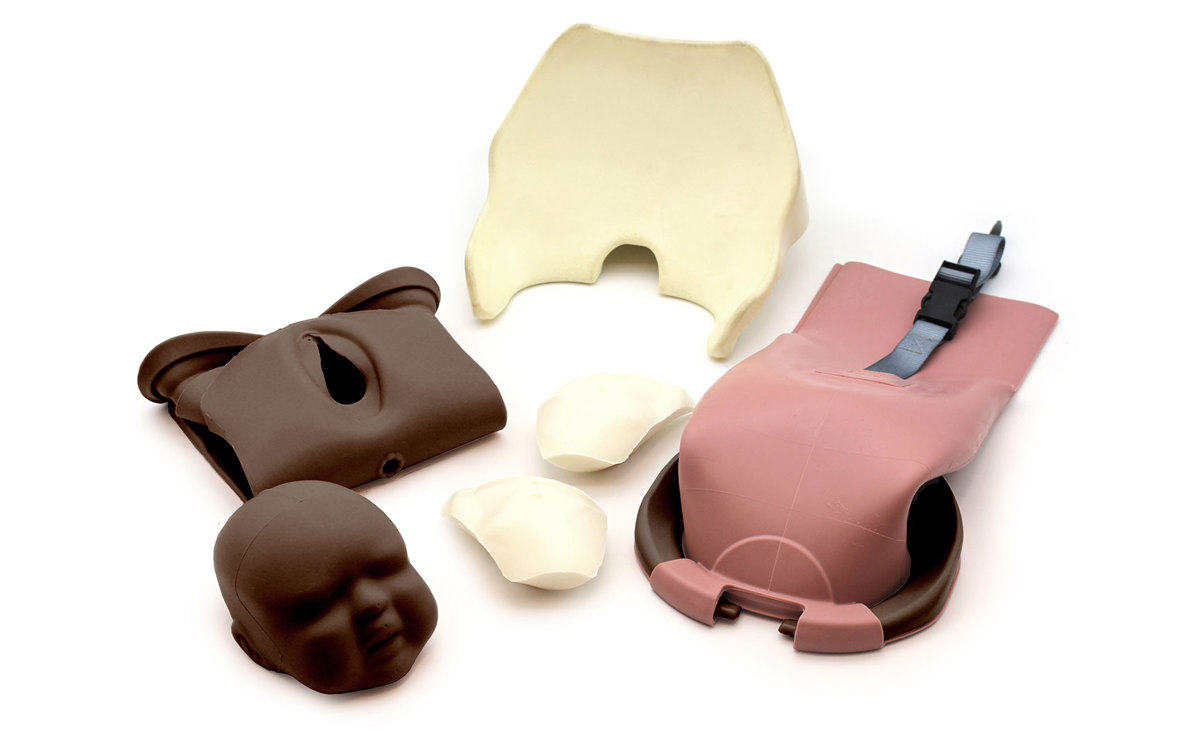
Assisted Vaginal Birth Module (AVB) - PROMPT Flex
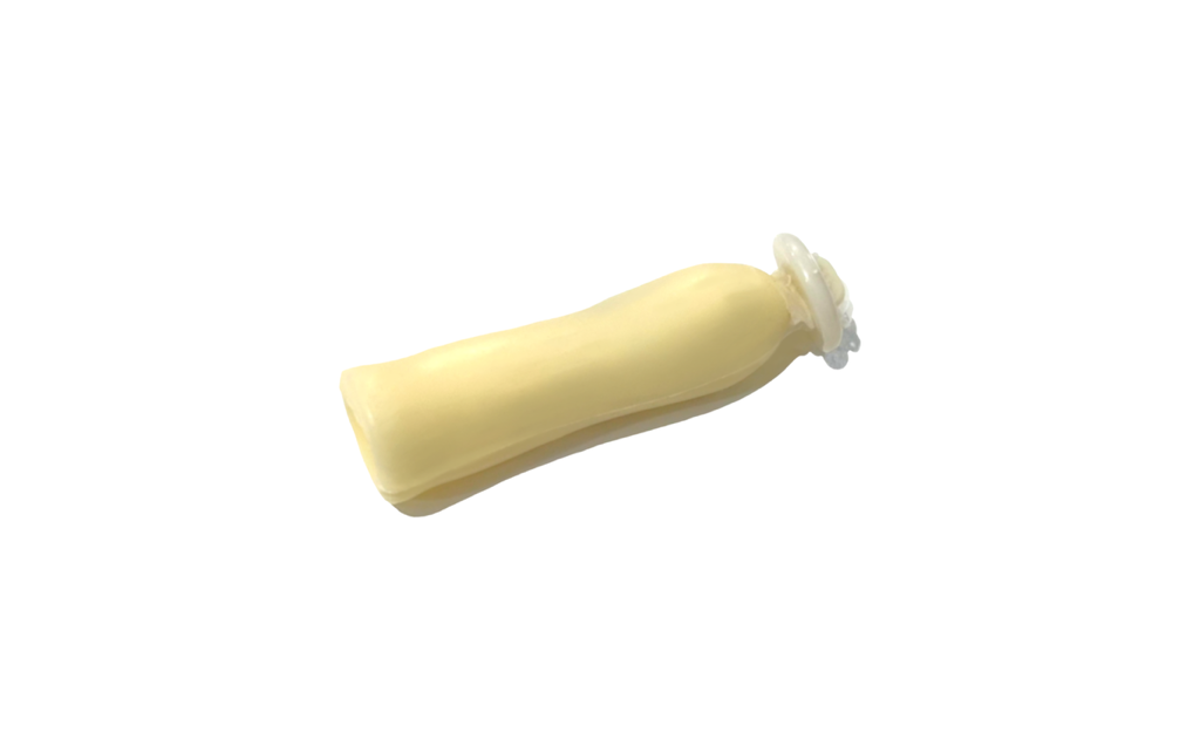
Umbilical Cord Adaptor for PROMPT Flex Baby
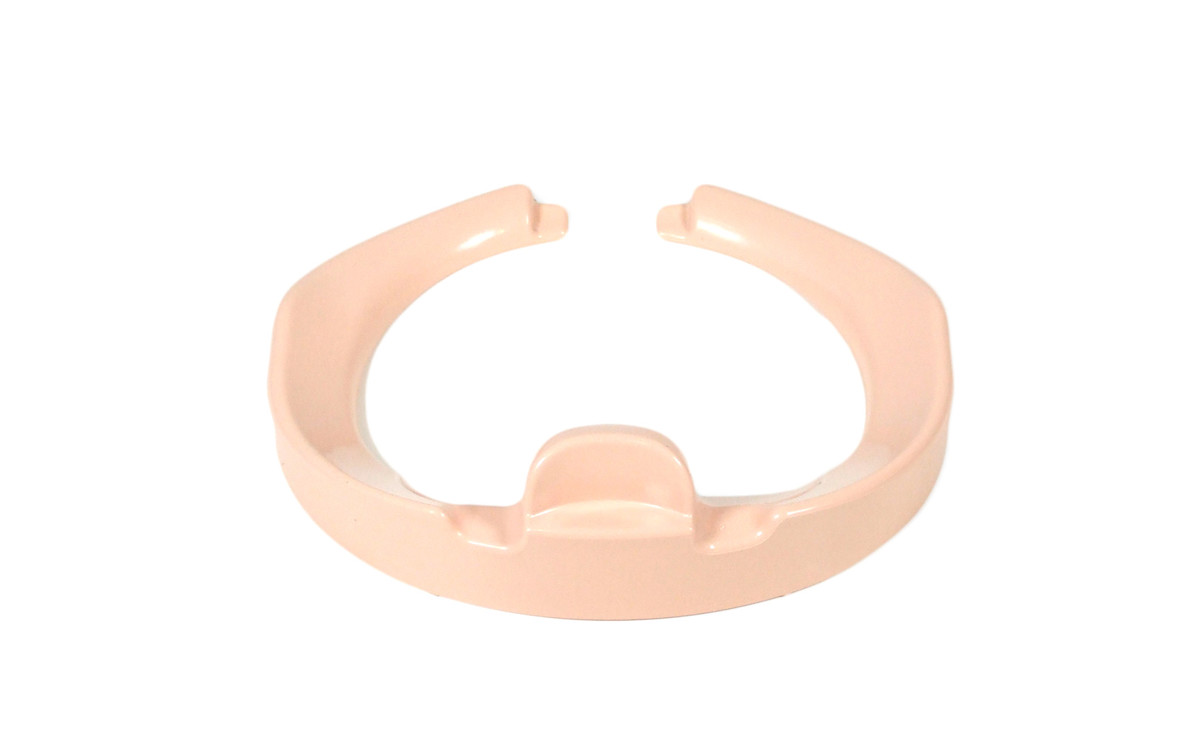
Pelvic Ring PROMPT Flex Standard/Advanced

Wheeled Carry Case
References
AAFP Residency Guidelines, Maternity Care (p.8): Normal labor and delivery a. Understand the physiology of the three stages of labor and demonstrate effective management of all three stages, including management of contemporary normal and abnormal labor curves and active management of the third stage of labor
National Association of State EMS Officials: National Model EMS Clinical Guidelines (page 146, 2016 - update 2018) Childbirth: Recognize imminent birth; assist with uncomplicated delivery situations; recognize complicated delivery situations; apply appropriate techniques when delivery complications exist; Shoulder Dystocia, Prolapsed Umbilical Cord, Breech Birth, Postpartum Hemorrhage
ACGME, ABOG & ACOG Milestones project - The Obstetrics and Gynecology Milestones (2013) Obstetrical Technical Skills - Patient Care level 2 - Performs basic obstetrical skills, including spontaneous vaginal delivery Level 4 - Perfroms complex obstetrical procedures, including operative vaginal delivery, breech vaginal delivery
RANZCOG Curriculum, 3rd Ed. (Nov. 2017) Safely manage and conduct all obstetric procedures involved in intrapartum care when appropriate after consideration of indications, contraindications, technique and potential complications, including a detailed knowledge of the following procedures: Spontaneous vaginal birth; Management of cord prolapse; Vaginal breech birth; Instrumental vaginal birth, including safe and appropriate vacuum and forceps deliveries including instrumental delivery Shoulder dystocia management
Maternity Education Program (MEP) Foundation is a one day simulation workshop designed for medical and midwifery staff who are new to working in a maternity clinical environment. The session provides an introduction to the clinical management of pregnant women throughout labour, birth and the postnatal period, and dealing with complications along the way. The day is broken down into: • interactive case discussion and management • skills stations with application into a simulated environment • supported debrief to enable learners to improve their knowledge for clinical practice
Maternity Education Program (MEP) Advanced is a one day simulation workshop designed for medical and midwifery staff who are currently working in a maternity clinical environment. The session explores pregnancy related issues, intrapartum complexities and postnatal complications through simulation and case studies. The day is broken down into: • refresher on Human Factors in health care, Crisis Resource Management (CRM) principles and graded assertiveness • skills stations associated with the simulations • several immersive simulations (with supportive debrief) to enable learners to improve their knowledge and skills
The European Union and Article 40 (training of midwives) of Directive 2005/36/EU (Pre-registration midwifery): the student should personally carry out at least 40 deliveries.... including active participation with breech deliveries. Where this is not possible because of lack of breech deliveries practice may be in a simulated situation
RCOG Core Curriculum (2013, updated 2016) - Core Module 11, Management of Delivery Learning outcomes: To understand and demonstrate appropriate knowledge, skills and attitudes in relation to management of delivery including: Normal delivery, Vacuum extraction, Forceps delivery, Shoulder dystocia, cord prolapse, Rotational assisted delivery, Vaginal breech. RCOG Operative Birth Simulation Training - ROBuST (2016) The ROBuST package has been developed to provide guidance and materials for local trainers to deliver operative vaginal birth training within their own regions. SCOTTIE (2019) The aim of the course is to provide participants with the knowledge and skills to respond appropriately to emergencies in pregnancy and childbirth. Indicative content: Obstetric haemorrhage, Shoulder dystocia, Breech. MOET (2017) To provide the knowledge, practical skills and procedures necessary to save the mother and fetus in life-threatening circumstances.
Interventional Radiology Specialty Training Curriculum, The Royal College of Radiologists, 2019. Postpartum haemorrhage
Is the Standard PROMPT birthing simulator suitable to demonstrate different birthing scenarios?
Yes, with this birthing trainer you can demonstrate and practice normal and breech birth, OVD (Operative Vaginal Delivery) with inclusion of forceps and vacuum devices, and shoulder dystocia. You can also add additional modules for procedures such as, caesarean section, cervical cerclage, and postpartum haemorrhage.
Can you perform common procedures with the Standard PROMPT Flex?
Yes. As well as normal vaginal births, this product offers training scenarios in extended breech births, instrumental births, and shoulder dystocia. You can practice additional procedures using our optional add-on modules.
We already have a PROMPT Flex birth simulator, but not an Augmented Reality mat, can we buy them separately?
Yes. The Augmented Reality Training mats were add to the range in 2024 and are now part of the PROMPT trainer package, however, you can get them as an add-on to any of your existing models. You can order the PROMPT Flex Birthing Simulator Mat online, or request a quote from the customer service team.
Does this version of the birthing simulator allow for force monitoring?
The standard birthing mother doesn’t currently offer force monitoring. If you’re interested in this feature take a look at the Advanced PROMPT Flex Birthing Simulator which has wifi enabled force monitoring.
What does this childbirth simulator offer to medical students?
As part of a birth simulation, trainees will get hands-on experience with our realistic labour simulator. Simulated births offer the chance to develop their communication and teamwork skills, as well as practice fundamental skills required during labour.
Will using the PROMPT Flex Birthing Simulator during training improve neonatal outcomes?
A retrospective study undertaken by Southmead Hospital, UK, showed that after the introduction of simulation training there was improvement seen in the management and outcomes of births complicated by shoulder dystocia. See the skills tab for more information on the study: Improving Neonatal Outcome Through Practical Shoulder Dystocia Training.

